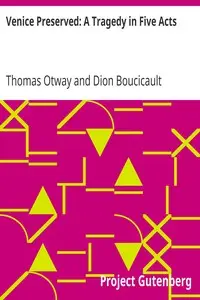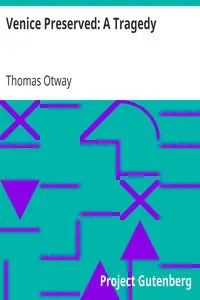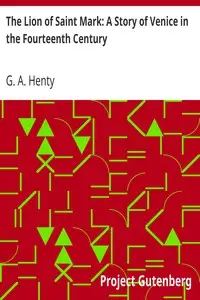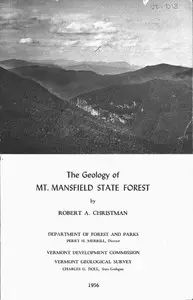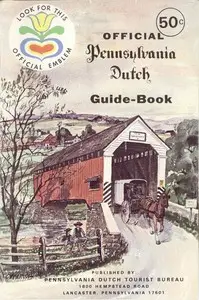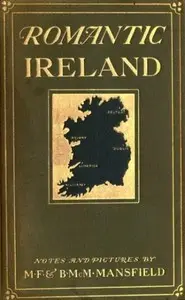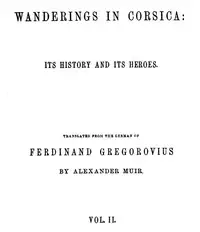"The Bravo: A Tale" by James Fenimore Cooper is a story that paints a picture of Venice long ago, revealing the drama of its people and politics. Within a declining republic, characters like the honorable Don Camillo Monforte and the puzzling Jacopo Frontoni find themselves caught up in questions of loyalty and fairness in a world of social classes and political unrest. The story begins with a lively evening in Venice's Piazza San Marco, where a gondolier connects with his friend. When the gondolier is asked to deliver a secret letter from his master to a strange man, the story is full of suspense, while also providing a glimpse into Venice and the personal struggles of those caught in its political games.
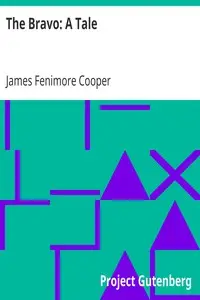
The Bravo: A Tale
By James Fenimore Cooper
Amidst the shadowy canals of a fading republic, a nobleman's secret mission plunges him into a world of intrigue and danger, where justice is a luxury and fate is a cruel master.
Summary
About the AuthorJames Fenimore Cooper was an American writer of the first half of the 19th century, whose historical romances depicting colonial and indigenous characters from the 17th to the 19th centuries brought him fame and fortune. He lived much of his boyhood and his last fifteen years in Cooperstown, New York, which was founded by his father William Cooper on property that he owned. Cooper became a member of the Episcopal Church shortly before his death and contributed generously to it. He attended Yale University for three years, where he was a member of the Linonian Society.
James Fenimore Cooper was an American writer of the first half of the 19th century, whose historical romances depicting colonial and indigenous characters from the 17th to the 19th centuries brought him fame and fortune. He lived much of his boyhood and his last fifteen years in Cooperstown, New York, which was founded by his father William Cooper on property that he owned. Cooper became a member of the Episcopal Church shortly before his death and contributed generously to it. He attended Yale University for three years, where he was a member of the Linonian Society.


